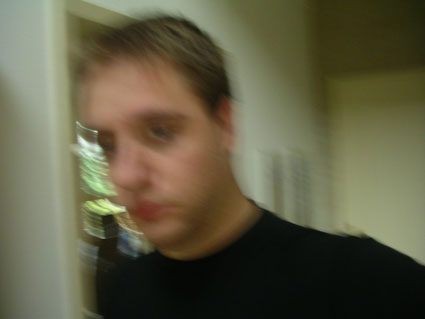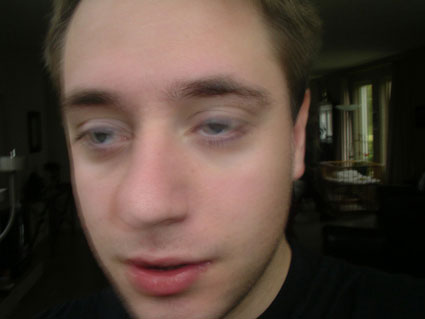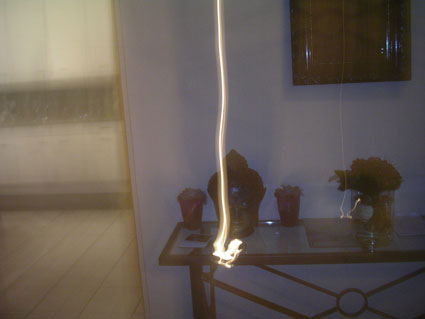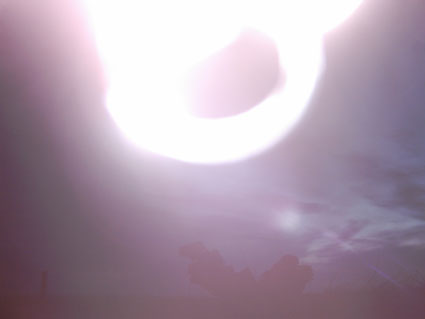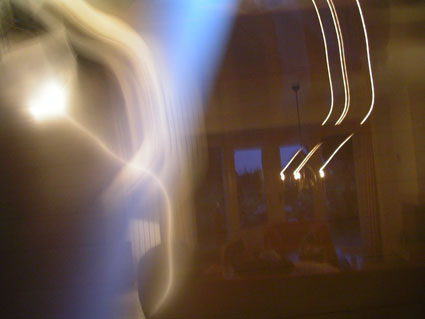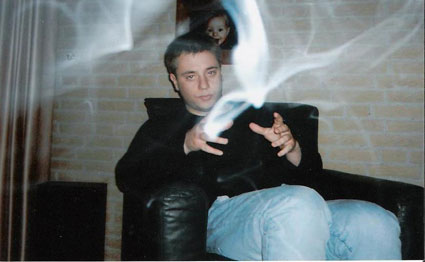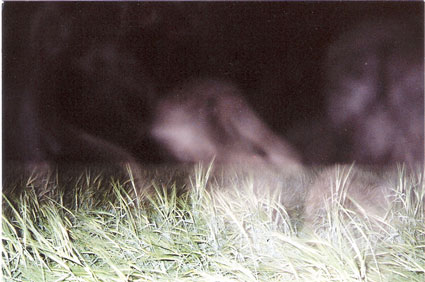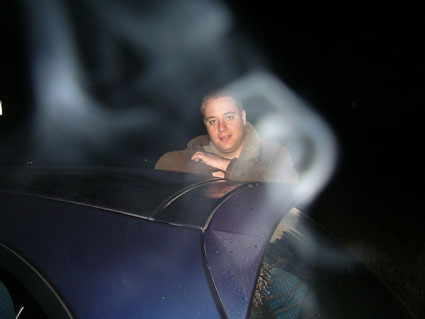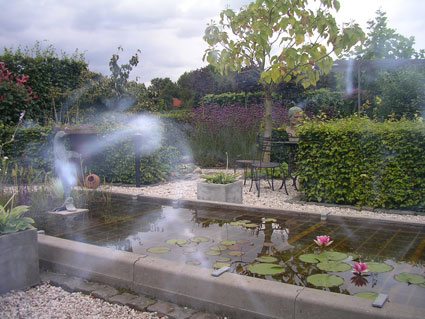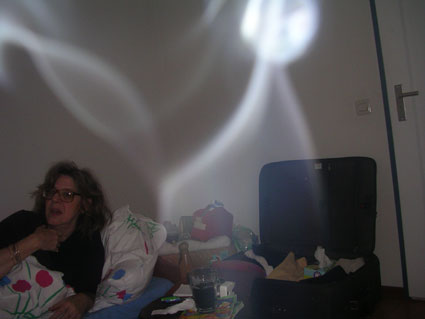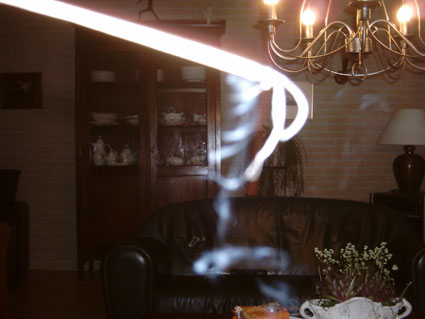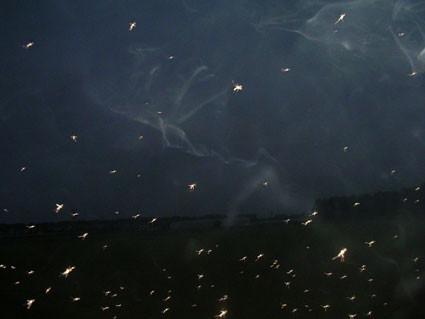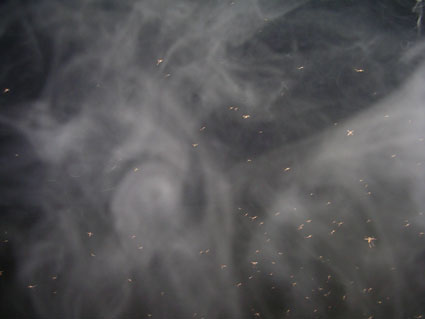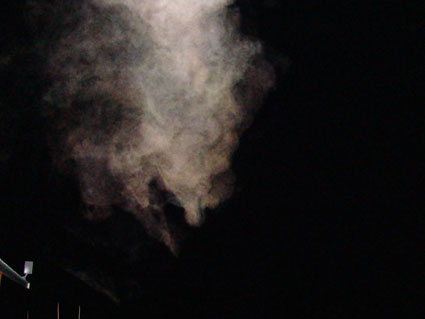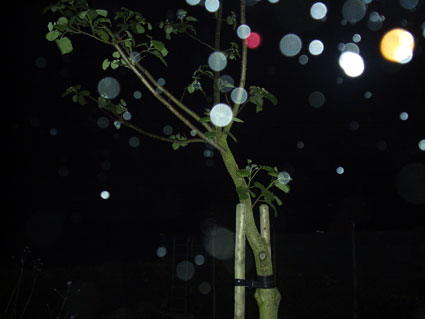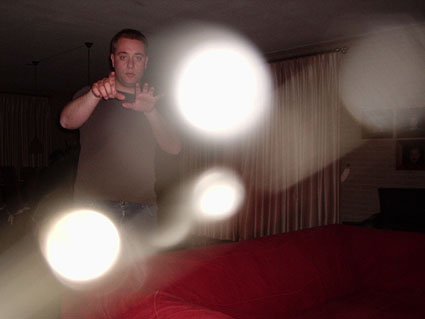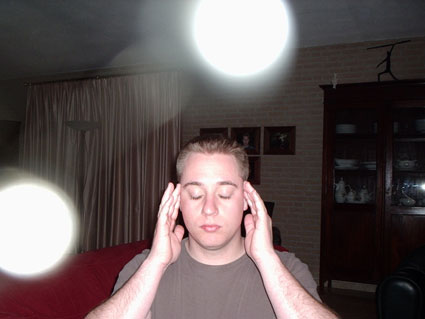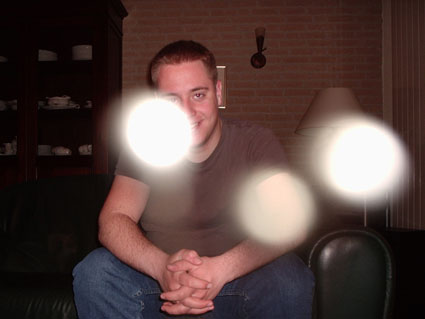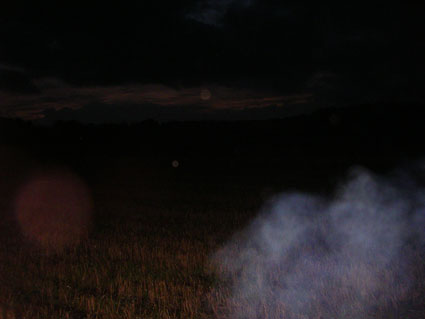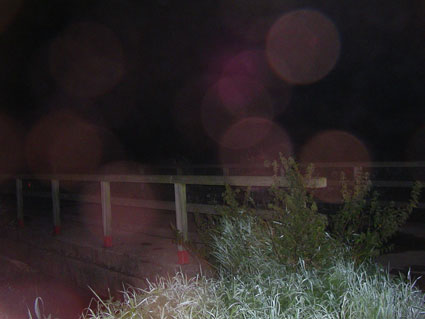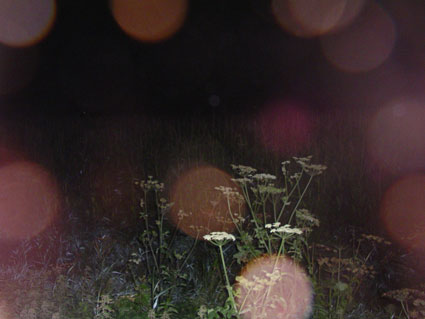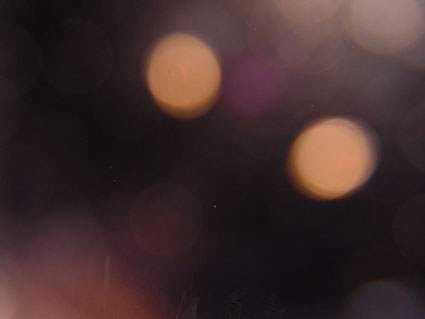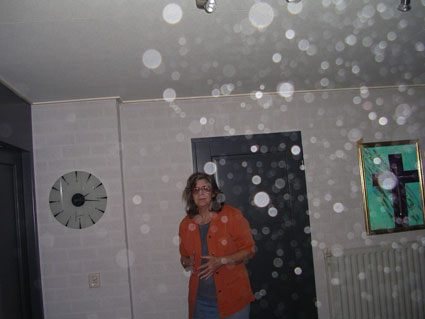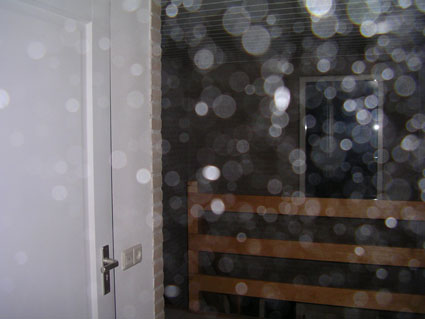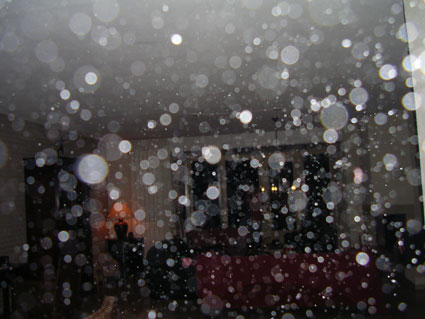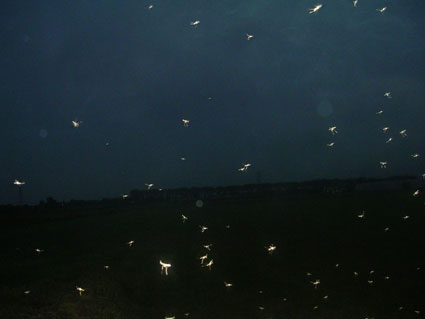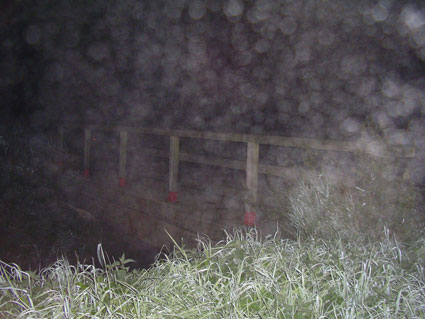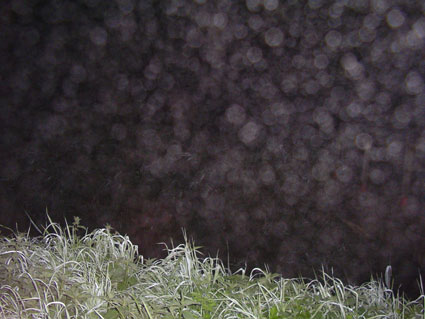~ I'm a Faerie ~
The sun rises and a beam of light shines through,
golden sunlight with a dusting of sparkles.
The sparkle slowly spreads around the room;
the curtains flutter gently in the summer breeze,
scented with a thousand different blooms.
I awaken and yawn and stretch in my down bed
and breathe in the sweet air, sweet as sugar to me.
I sit up and smile as I throw the covers to the side.
At the window I am cheerily greeted
by a chorus of birds chanting their sweet melodies.
I lean on the window sill to greet the day
and revere our Mother Gaea for her beauty and splendor.
I express gratitude as she cradles all living beings in her loving arms.
My skin is a light, creamy color and my hair is of gold;
My heart is filled with love for all living beings.
I can only speak the truth as I can only hear the truth.
I will give you my heart and ask for nothing in return.
I will be there when you need me,
Without expectations.
I am a fairy.
☾☼ ᵔᴥᵔ ᴥ•.¸¸.•´ ... ´¯) ¸.☆´¯) (¸☆´ƸӜƷ❤❤♪♫♪❤ƸӜƷ☼
✿¸.•*""*•.¸ ●c¸ ★ . •✿'✿ ○ ° ★. *. . ¸. ° ¸.)¸.•*""*•.✿
❤✽¸•♥•.¸✽•⋆❥⋆❀ ✿ღڪےღڰۣ✿✽¸•♥•.¸✽❤
ᵔᴥᵔ ᵔᴥ☾¸.•*¨ƸӜƷ ✿¸✿´~*
 Composed by me Cynthia ©
Composed by me Cynthia ©

















